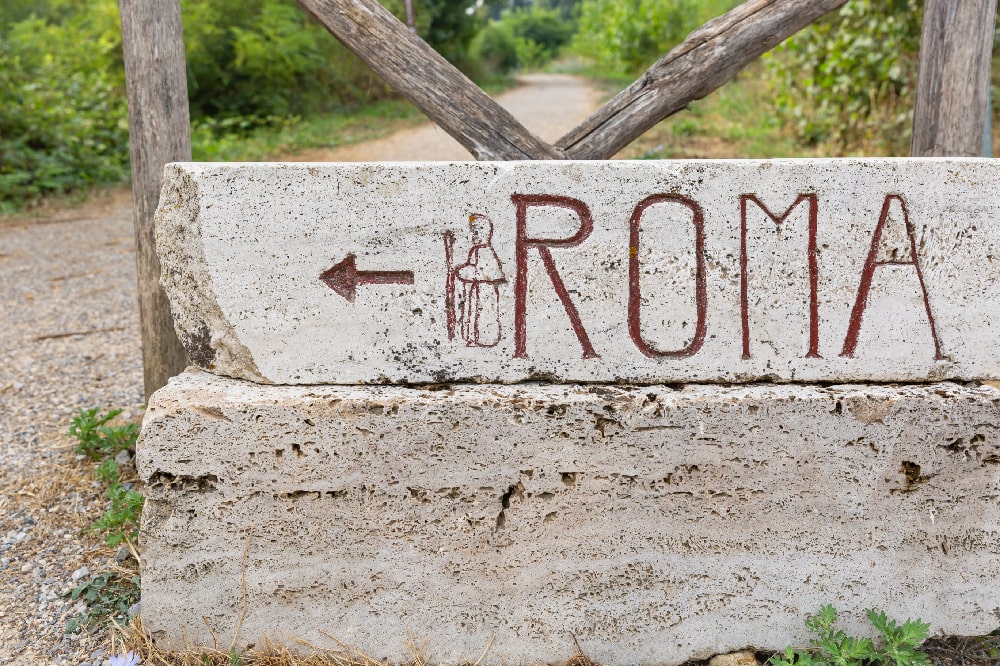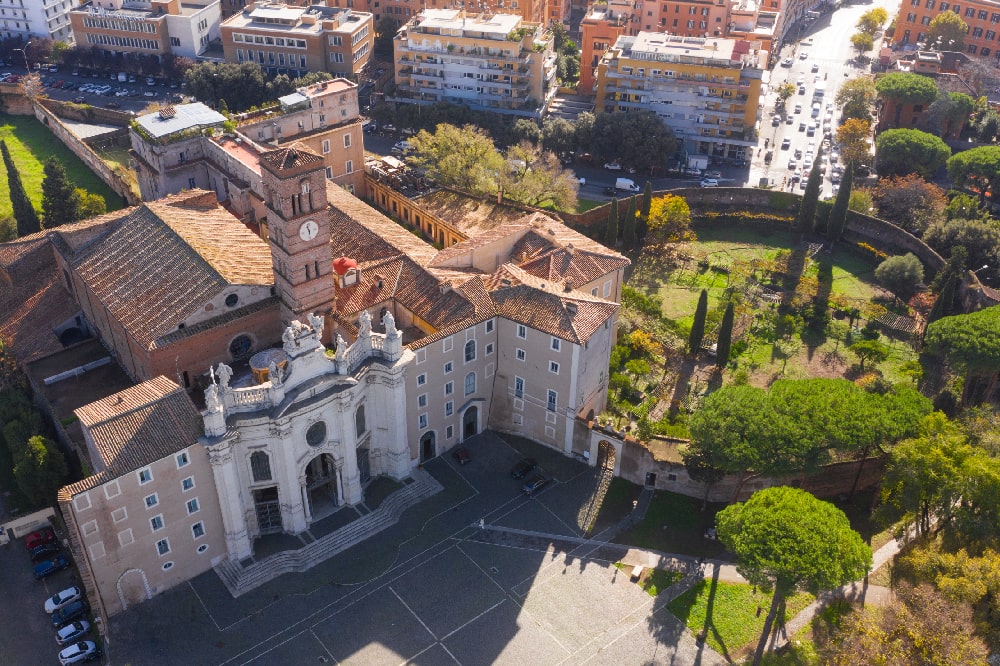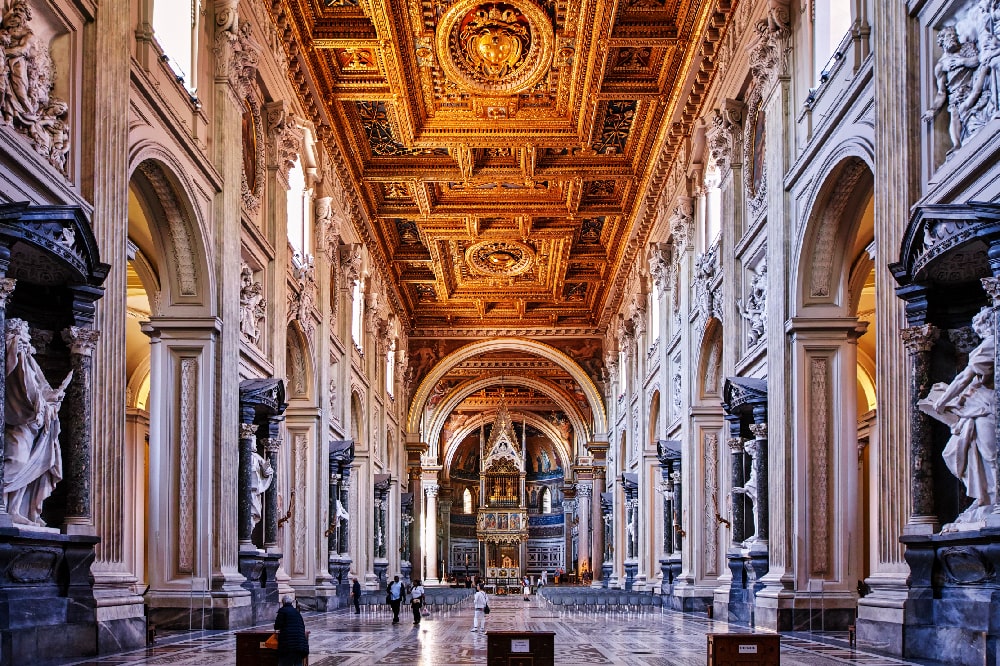When we go to Church on Palm Sunday, the last one before Easter, we receive a blessed olive branch. Where does this tradition come from? Why was the olive chosen? And what should we do with the olive branches once Easter has passed?
Contents
For Christians (but also Orthodox and Protestants celebrate it), Palm Sunday is the Sunday before Easter. It is the day when, according to the tradition, Jesus entered Jerusalem, welcomed by a cheering crowd: 12 The next day the large crowd that had come to the feast heard that Jesus was coming to Jerusalem. 13 So they took branches of palm trees and went out to meet him, crying out, “Hosanna! Blessed is he who comes in the name of the Lord, even the King of Israel!” (John 12,12-13)
Palm Sunday celebrates the triumphal entrance of Jesus into Jerusalem, and the joy of those who laid down capes, cut branches of palm trees and shook them in order to welcome him. The event is connected to the Jewish feast of Sukkot, the feast of tabernacles. The faithful went up to the temple of Jerusalem carrying braided branches of palm trees, symbol of faith, mirth, symbol of prayer, and willow, whose narrow leaves recall the closed mouth of the faithful in front of God (Lv. 23,40). Osanna, or Hosanna, was an invocation of salvation that dated back to the freedom from Egypt, when the Jewish were forced to live in the desert in tents and huts for a long time.

The origins of Easter
Easter is perhaps the most important of Christian holidays. It reminds and celebrates the Resurrection of Jesus.
The Holy Week starts on this day. The Lent goes on until the celebration of the ninth hour on Holy Thursday.
The liturgical tradition of Palm Sunday strengthened over the centuries. Since it is meant to commemorate and celebrate the arrival of Jesus in Jerusalem, it begins outside the church, where the priest blesses the olive branches surrounded by the faithful. Why olive branches? It’s easy to say: in Italy, as it happens in all of those countries with a high catholic presence, it’s not easy to find many palm trees. Therefore, olive tree branches replaced palm trees branches.
Once the Priest has blessed the olive branches, we can enter the church. The readings on Palm Sunday are connected to Christ’s Passion, and in particular to the Passio, that is, the ‘Narrations of the Passion’, from the Latin verb patior, meaning ‘to suffer’. In the ordinary form of the Roman ritual, the Passio is extracted from Mark, Luke or Matthew’s Gospels; in the extraordinary form, it comes from Matthew’s Gospel. The telling of the Passion, divided into four parts (Jesus arrest, Jewish trial, Roman trial and finally, his sentence, execution, death and burial) is read by three readers, who represent the narrator, the characters of the event and Christ himself. During such a solemn occasion, the priest wears a red robe.
But why olive branches?
We briefly talked about how olive branches replaced palm trees branches during such occasion, and why.
Actually, only John’s Gospel mentions palm trees branches (Mt 21,1-9; Mk 11,1-10; Lk 19,30-38; Jn 12,12-16). Matthew’s and Mark’s Gospels mention generic tree branches, while Luke’s does not mention any at all. Nevertheless, the habit of blessing olive branches and take them home after the Mass has long been established. Faithful store their blessed olive branch as symbol of peace, or take one to relatives and friends as a sign of love and good wish. In some places, it is still common for the head of the family to bless the Easter meal with the olive branch dipped into blessed water.
Since ancient times, all those civilizations that are located on the Mediterranean basin consider the olive tree as a holy plant. The Greeks used its branches to braid crowns to decorate the heads of the winner athletes. It was also a plant dear to Athena, goddess of wisdom and war. Even the Romans used the olive to honor eminent men, while the Jewish considered it a symbol of justice and knowledge. Furthermore, the dove set free by Noah brought an olive branch back to the Ark, according to the Old Testament, as a sign that the Flood was over and with it, God’s wrath as well. In this sense, we can consider the olive as a symbol of rebirth and peace.

Trees and plants in the Christian tradition
In ancient times, the relationship between man and nature was much closer than itis today.
The story of Jesus too is full of references to this plant, until the last, tragic night in the Garden of the Olives where he was arrested. Christ himself, with his sacrifice, becomes an olive, symbol of reconciliation between humankind and God.
We must not forget that with the oil coming from the fruits of this exceptional plant we can make the Chrism, used for Christening, Confirmation, Extreme unction and the consecration of new priests. The word Christ, which we are used to call Jesus by, actually means ‘oiled’.
And once Easter has passed, what should we do with the olive branches?
Many people keep them in their homes as a decoration and a memory of Palm Sunday and Christ’s Passion. They are actually sacred objects, since they were blessed during the Mass, becoming sacramentals, and the Code of Canon Low absolutely forbids throwing sacred objects away. Instead, they deserve a special place in our homes, as a reminder of Christ’s love and sacrifice for us.
Otherwise, we can burn the olive branches, bury them, or even take them back to the church. They will be burned and used to make the ash for Ash Wednesday.
How can we keep the olive branch without ruining it?
The olive bags are perfect for the scope. They are practical cases where the olive branch does not crumble apart, and keeping it inside a case, its leaves will not spread all over the house once it has dried out. You can find many models in our online store, some of them are very simple and neutral, others are decorated with religious symbols, such as the logo of the Jubilee of Mercy, the Easter dove, the Holy Family, images of Jesus entering Jerusalem, or Jesus the Good Shepherd, and many more. What better package to offer an olive branch to someone we love as symbol of peace and love?

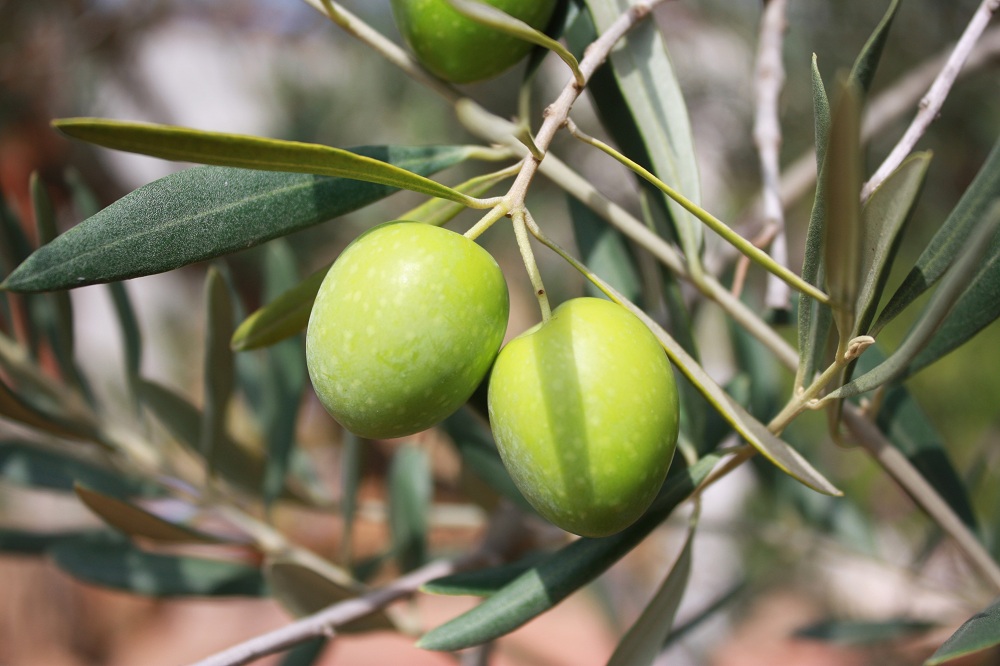
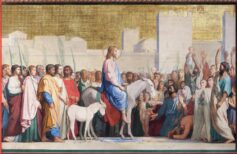
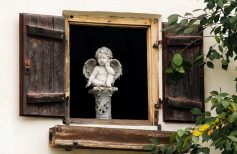


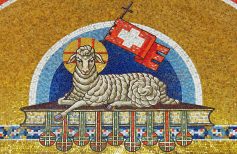

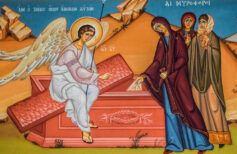

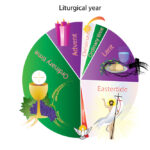







 5 June 2024
5 June 2024
